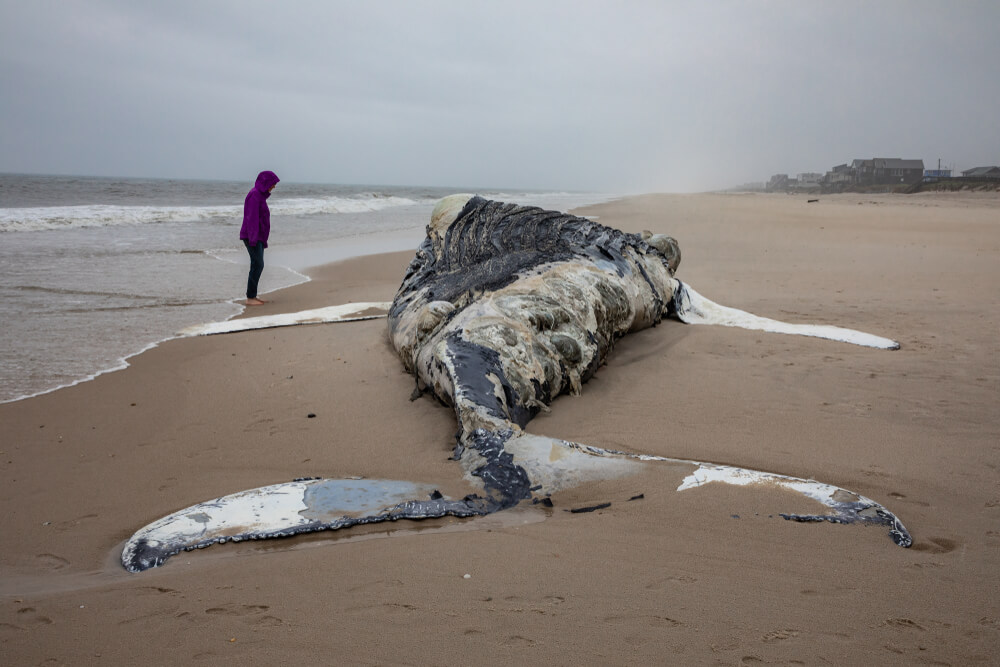
A United Nations report released Monday warns that over 1 million species on Earth face extinction, from creatures as large as blue whales to as small as insects and microorganisms. Reports of this nature are common now in the face of climate change, but the UN report goes further than most in articulating how the loss of the species will impact the world’s human population.
Nature’s current rate of decline is unparalleled, according to the report. Choice quotes from the UN’s statement say the decay in natural life “means grave impacts on people around the world are now likely.” The UN panel’s chairman, British chemist Robert Watson, said the erosion will impact “the foundations of our economies, livelihoods, food security, health and quality of life worldwide.” (h/t Washington Post)
Here’s exactly how the study posits the change in natural ecosystems could affect humans:
- Overfishing is exacerbating the effects of climate change, which is already altering ocean ecosystems.
- Global trade is introducing invasive species to different countries. Stink bugs are destroying crops in the United States and emerald ash borers are killing trees.
- International travel is introducing disease into new environments, such as the white-nose fungus killing millions of bats.
- As the oceans warm up and acidify, the coral reefs are dying. This could cause a collapse in the world’s fisheries and affect billions of people living on the coastlines who depend on fish for food and industry.
- As climate change affects pollinators like bees and other insects, there’s likely to be an impact on farming in general across the globe.
The report notes 75 percent of the land environment on Earth and 50 percent of the world’s marine environment has been altered by humans. “More than a third of the world’s land surface and nearly 75 percent of freshwater resources are not devoted to crop or livestock production,” it reads. Farm production and development has increased 300 percent since 1970.
The world’s population has doubled since 1950. Urban areas worldwide have doubled since 1992.
The report has almost 150 authors from 50 different nations. They worked for three years putting it together, gathering information from 300 economic and nature experts.






















